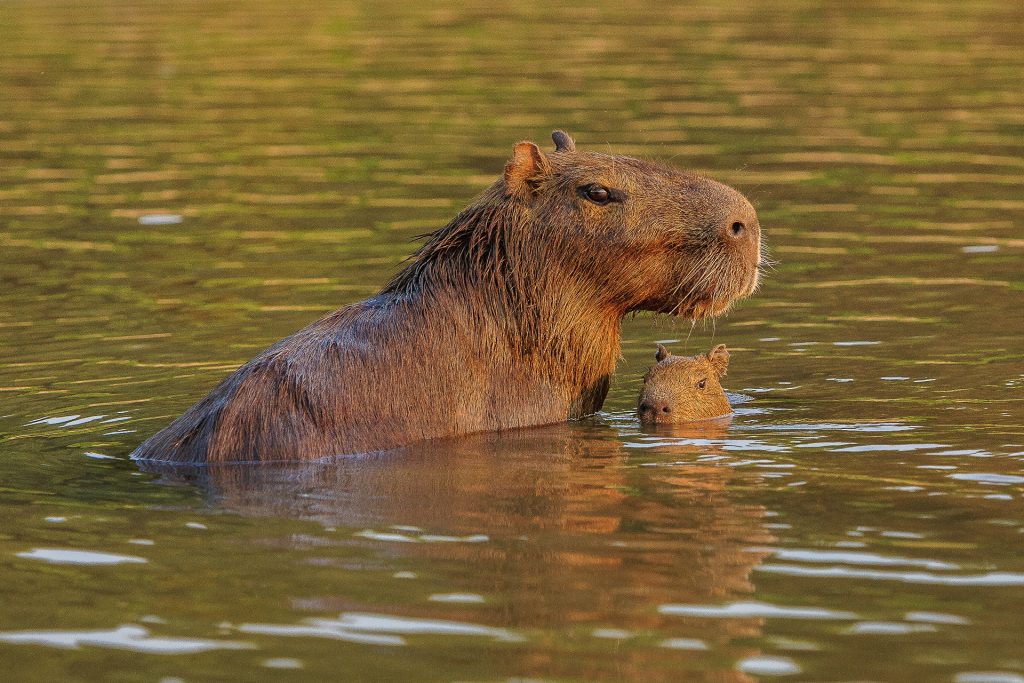
If you’re only vaguely familiar with the Pantanal region of Brazil, that’s understandable—it’s been a tourist destination for less than 15 years. Ricardo Casarin, the guide assigned to us for the Pantanal portion of the trip, told us that the region was originally known for its great sport-fishing, and then in about 2006, fishermen started reported seeing jaguars—jaguars!—along the river banks. There aren’t too many places where you can see those in the wild. Word spread, tourism grew, and today if you Google “Pantanal jaguar tours,” you’ll find plenty of tour operators eager to take you out on the rivers to find the big cats.
National Geographic has a good overview article on the Pantanal, which it calls “Brazil’s best-kept secret.” The Pantanal is an enormous wetland, 10 times the size of Florida’s Everglades. It floods in the rainy season, and most people visit in the dry season—roughly May through September—when it’s more marshy and more accessible. Plus, when the water recedes in the dry season, the wading birds and other wetlands species crowd into the water that remains, which makes the wildlife really concentrated and Read more


